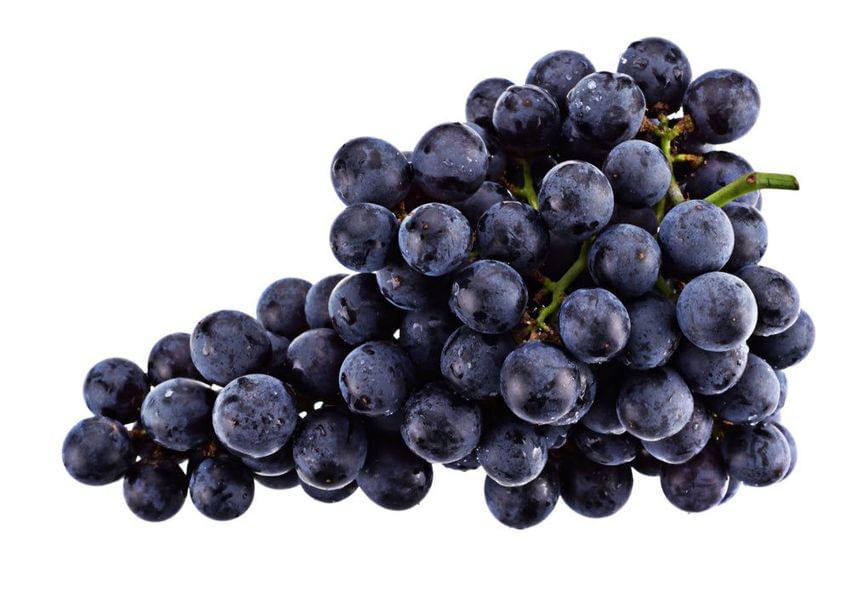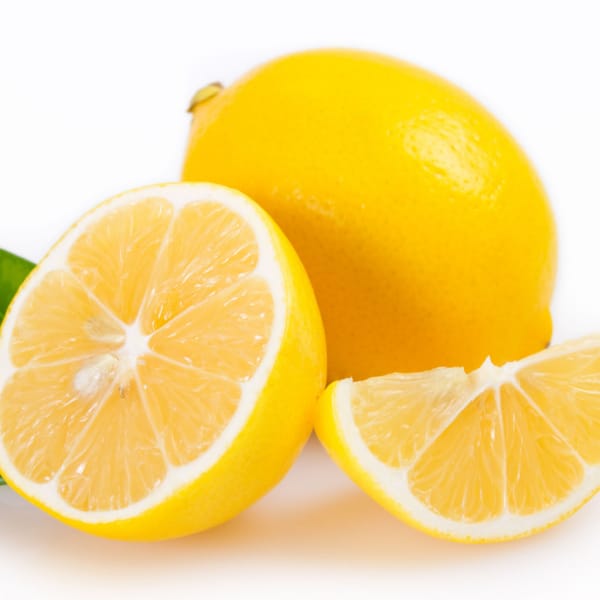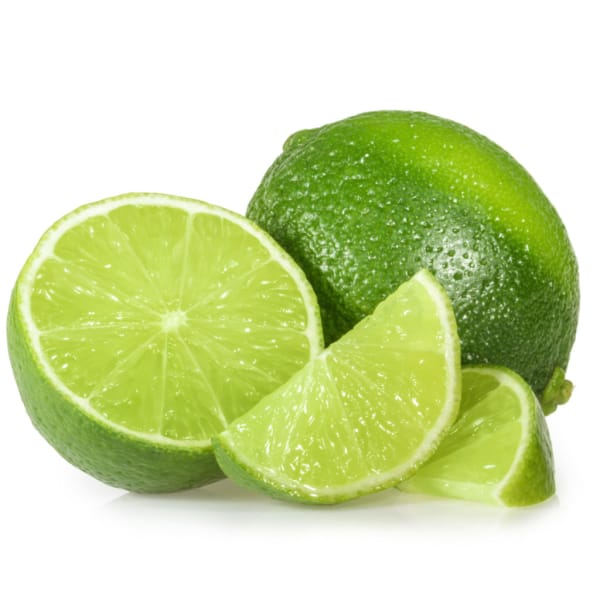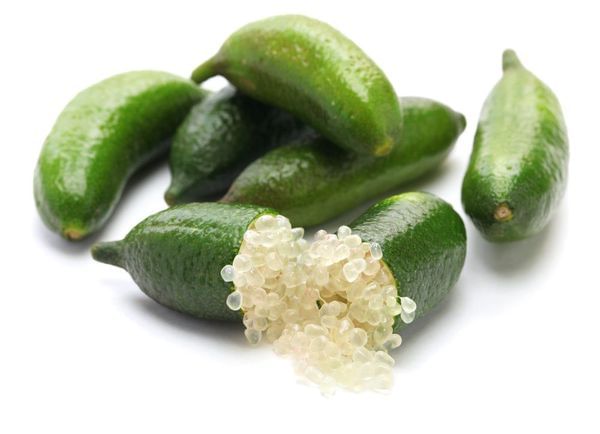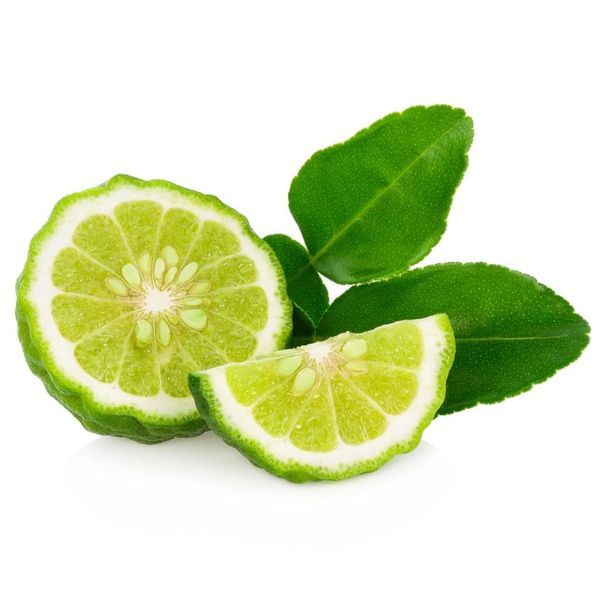SAVE ON SHIPPING: We can now ship potted fruit trees in MULTIPACK BOXES. Order as a 3-pack or 6-pack to save on the cost of shipping! This includes ALL PRIMO and ENTRY sized citrus, olive, fig and avocado trees as well as grape and passion vines.
Black Monukka Seedless- Variety Information
- This tree will be shipped dormant- without leaves.
- Black Monukka Grapes are purple, seedless berries that set in loose clusters which ripen into crisp and sweet fruit that's great for fresh eating, wine & grapes.
- Vitus Vinifera
- One of the hardiest European varieties.
- Purple, seedless fruit in loose clusters.
- The deciduous vine is used for fruit, wine, and shade.
- Requires full sun, medium water, and good drainage.
- Pruned and trained, a single grapevine produces enough new growth every year to roof an arbor, arch a walkway, or shade over a terrace or deck.
- Well cared for, they can remain productive for 50 years or longer.
- Please see the Dormant Tree & Plant Guarantee below for more information.
- By law, we can not ship grape vines to Oregon, Washington and New York.
Check out our Grape Vine Growing Guide (pdf)
Lee nuestra guia aqui: Guia de cultivo para uvas

